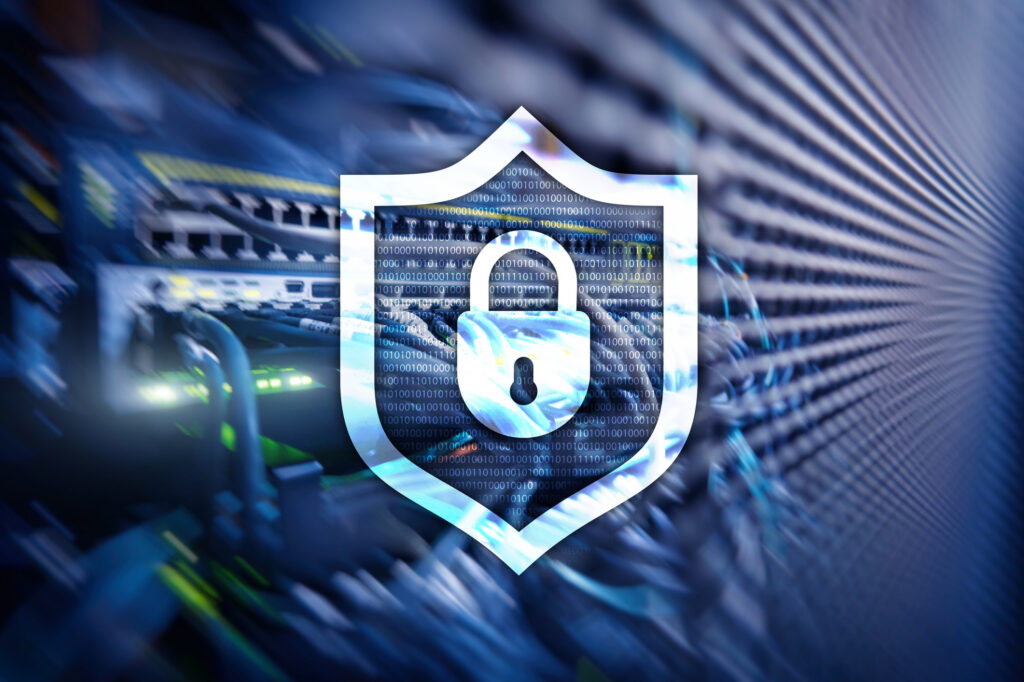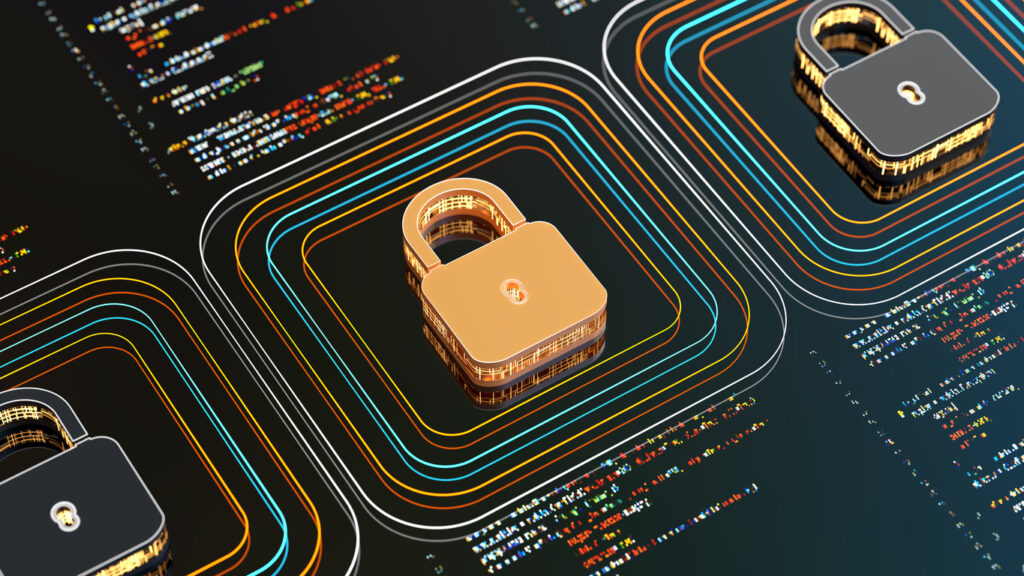Secure Access Service Edge (SASE) is an approach that combines SD-WAN and Security Service Edge (SSE) to enhance cybersecurity and network security and to enable Zero Trust network strategies. As more organizations adopt SASE, certifications have become a means for IT leaders and engineers to demonstrate their proficiency in modern SASE technologies. Research firm Gartner underscores this demand. This article provides an overview of SASE certification programs, cost, and career opportunities to help you choose the best path for SASE certification.
Top SASE certifications and free options
Aspiring SASE practitioners may first pursue well-established certification programs such as Palo Alto Networks Prisma SASE and Fortinet FCSS Secure Access Service Edge. Free entry-level options, such as Cato’s Level 1 or Fortinet’s self-paced courses, reduce the initial cost of entry. Instructor-led or on-demand certification training that includes hands-on labs and troubleshooting can also impart more advanced knowledge, such as routing, ZTNA, and cloud security use cases.
Before taking a certification exam, most training programs require a working knowledge of networking fundamentals, SD-WAN concepts, and Zero Trust principles. A recent Gartner report confirms strong market demand for SASE technologies. However, businesses are also seeking engineers who can hit the ground running with automation and real-time security operations in cloud-based and data center environments. SASE providers with SD-WAN and security coverage demonstrate how these solutions are offered from leading providers.
SASE certification requirements and cost
SASE certification programs typically require a few fundamental skills before enrollment. Candidates should have a foundational understanding of SD-WAN design and routing on wide-area network connections, as well as a solid grasp of Zero Trust fundamentals and SSE controls. While not required, previous hands-on experience with firewall configuration, cloud security operations, and troubleshooting is also beneficial. A look at Understanding Secure Access Service Edge provides insight into why a strong understanding of these foundational concepts enables engineers to work effectively with various SASE technologies and multi-vendor modules within a SASE architecture.
Certification program costs vary depending on the provider and program format. Instructor-led or on-demand courses from major service providers, such as Palo Alto Networks or Versa, may range from a few hundred to a few thousand dollars. Self-paced tracks are typically lower in cost, starting at little to no cost, while some training centers bundle a voucher for a certification exam and may include a case study or real-time lab work for hands-on learning.
Technical skills are important, but they are not the only factor in meeting exam requirements. Understanding compliance and security operations early in the process is also essential. Articles like Why Your SASE Implementation is Creating Compliance Gaps and the Firewall Compliance Auditing Checklist demonstrate how automation, API integrations, and continuous auditing help maintain a SASE security posture over time.
Industry demand validates the value of these certifications for a career path. Reports, such as Enterprises Demand SASE Certification, show that enterprises are rapidly adopting SASE architecture and increasingly complex use cases. Companies operating platforms like the Tufin Orchestration Suite are seeking professionals with a demonstrated combination of certification training with cloud-based data center design, troubleshooting, and real-time security operations across multiple security solutions.
Career value of SASE certifications
Having a SASE certification proves hands-on expertise to cybersecurity and network security organizations. Teams want assurance that a network engineer can confidently operate SD-WAN initiatives and maintain Zero Trust access policies for all deployments, whether they’re in the cloud or the data center. Network security policy management & orchestration use cases further validate the benefits of these skills for enterprise SASE deployments.
This evidence of experience is what employers look for when recruiting and developing talent. After completing a certification program, an engineer can be relied upon to support critical security operations in real time, automate policy tasks, and troubleshoot routing or firewall errors. In our case studies and LinkedIn conversations, we often find that certifications open the door to new positions and initiatives that integrate network automation with advanced security services.
Building out additional credentials only increases this momentum. Having a foundational benchmark like CompTIA Security+ remains relevant, but pursuing advanced vendor-specific tracks demonstrates specialization in cloud security and compliance. The best certification candidates combine this training with hands-on API use, self-paced learning, and instructor-led certification courses for a long-term career development plan.
Organizations that run the Tufin Orchestration Suite seek individuals who combine certification training with hands-on experience. Updates such as Tufin Orchestration Suite R25-2 show how SASE technologies fit into enterprise security operations, helping certified professionals stay current with evolving SASE services and multi-vendor modules.
Conclusion
Start with a complimentary SASE certification program and advance into modules from other SASE vendors, spanning ZTNA, routing, cloud-based automation, and other real-time use cases. Most programs assume basic networking and Zero Trust proficiencies.
Prices can vary from no-cost, self-paced learning to more expensive, instructor-led certification training. Credentials can help IT leaders and engineers build robust SASE security, demonstrate expertise with the latest SASE technologies, and guide career development across wide-area network and cloud deployments. To learn how Tufin simplifies network complexity with a unified control plane that delivers centralized visibility, automated policy orchestration, and continuous compliance across hybrid environments, request a demo.
Frequently asked questions
Which skills are beneficial to have before beginning a SASE certification?
Understanding networking fundamentals, the inner workings of SD-WAN technology, and a clear understanding of Zero Trust principles will help when preparing to take a SASE certification. Hands-on experience with configuring routing, firewall rules, and troubleshooting common issues will also aid in real-time deployments and exam preparation.
Learn how these topics align with business requirements in Network Security Policy Management & Orchestration.
How does a SASE certification contribute to compliance and long-term security goals?
Successful completion of a SASE certification demonstrates your ability to maintain robust security operations and ensure compliance as the environment scales. In addition, the concepts of automation and continuous auditing can support your long-term security initiatives in both cloud-native and data center network infrastructures.
Find out more about compliance in Why Your SASE Implementation is Creating Compliance Gaps.
What SASE certification path is best for an organization with multiple vendors?
A SASE certification training program that offers vendor-neutral certifications can be a great option for organizations with multiple vendors. This approach enables streamlined interoperability, easy scaling with new tools and features, and prepares your team for automation and other real-time use cases.Get actionable insights for multi-vendor strategies in SASE Providers with SD-WAN and Security Coverage.
Ready to Learn More
Get a Demo





